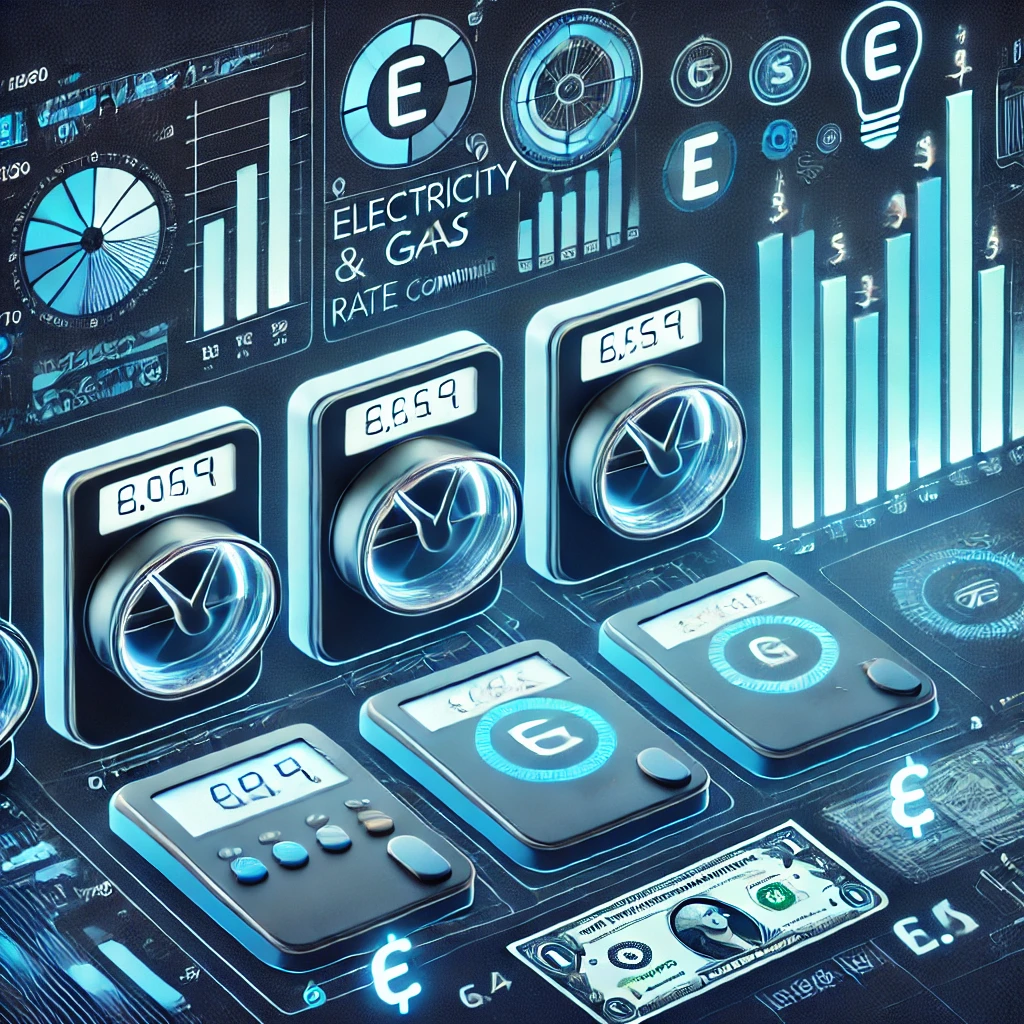
Imagine a world where every watt of energy is optimized, where businesses and households alike can monitor and adjust energy consumption in real time. Thanks to advancements in real-time data and data integration, this vision is becoming a reality.
These technologies are transforming how we approach energy efficiency, making it easier to achieve sustainability goals and reduce energy costs. Whether you’re a business leader, a sustainability enthusiast, or simply curious about the future of energy, this guide will provide actionable insights to help you harness the power of real-time data and integration.
What Are Real-Time Data and Data Integration?
Before diving into their impact, let’s break down these terms:
- Real-Time Data: Information that is collected, processed, and made available immediately. Think of a live energy usage feed for your home or office, updated every second.
- Data Integration: The process of combining information from various sources into a single, unified system. For example, integrating data from your HVAC system, solar panels, and smart meters into one dashboard.
Together, real-time data and integration create a powerful synergy that enables smarter decisions and more efficient energy use.
Why Are Real-Time Data and Data Integration Important for Energy Efficiency Goals?
1. Immediate Insights Enable Immediate Action
Instead of waiting for a monthly utility bill, real-time data lets you monitor energy consumption as it happens.
- Example: A manufacturing plant notices a sudden spike in energy use. With real-time monitoring, the team identifies an inefficient machine and addresses the issue before it escalates.
2. Holistic Energy Management
Data integration provides a complete picture of how your energy systems interact.
- Example: By integrating weather data with energy usage, a renewable energy system can predict peak demand and optimize energy storage.
3. Supports Sustainability and Compliance
Organizations face increasing pressure to meet sustainability goals and energy efficiency regulations. Real-time data and integration help track progress, identify gaps, and ensure compliance.
How to Use Real-Time Data and Data Integration to Achieve Energy Efficiency
1. Smart Metering and IoT Devices
Smart meters and IoT devices are the foundation of real-time energy monitoring.
- What They Do: Measure electricity, water, or gas usage in real time.
- How They Help: A smart thermostat, for instance, adjusts the temperature based on occupancy, reducing energy waste while maintaining comfort.
2. Centralized Energy Management Systems (EMS)
A centralized EMS aggregates data from various systems, providing a unified view of energy usage.
- Example: A business integrates its lighting, HVAC, and solar panel data into one dashboard. The EMS identifies opportunities to reduce peak demand charges by redistributing energy use across shifts.
3. Predictive Analytics and AI
Predictive analytics combines historical data with AI to anticipate future energy needs.
- Example: AI algorithms analyze weather patterns and historical consumption to predict solar panel output, allowing a business to optimize energy storage and usage.
4. Employee and Community Engagement
Real-time data isn’t just for machines—it empowers people too.
Common Challenges and How to Overcome Them
1. Data Overload
With so much information, it’s easy to feel overwhelmed.
- Solution: Use analytics tools that prioritize actionable insights and present data in a user-friendly format, such as dashboards or charts.
2. Integration Complexity
Combining data from multiple systems can be technically challenging.
- Solution: Start small by integrating a few key systems, like smart meters and HVAC data, and expand gradually. Partnering with experienced technology providers can also streamline the process.
3. Privacy and Security Concerns
Real-time data often involves sensitive information.
- Solution: Implement encryption, access controls, and regular audits to ensure data privacy and compliance with regulations.
The Future of Energy Efficiency: What’s Next?
As technology advances, the possibilities for energy efficiency are expanding:
- Blockchain for Energy Trading: Peer-to-peer energy markets could enable households with solar panels to sell excess energy to neighbors in real time.
- Fully Autonomous Energy Systems: AI and machine learning will lead to energy systems that self-optimize without human intervention.
- Integration with Renewable Energy: Real-time data and AI will make it easier to integrate intermittent renewable energy sources like solar and wind into grids, ensuring stable energy supply.
Conclusion
Real-time data and data integration are no longer futuristic concepts—they are essential tools for achieving energy efficiency goals in today’s world. These technologies provide immediate insights, enable holistic energy management, and support both financial savings and sustainability.
By adopting real-time data solutions and integrating energy systems, individuals and organizations alike can reduce consumption, save money, and contribute to a greener future.
So, are you ready to embrace the future of energy? Start small, measure your progress, and watch as real-time data and integration transform your energy efficiency goals into reality.
